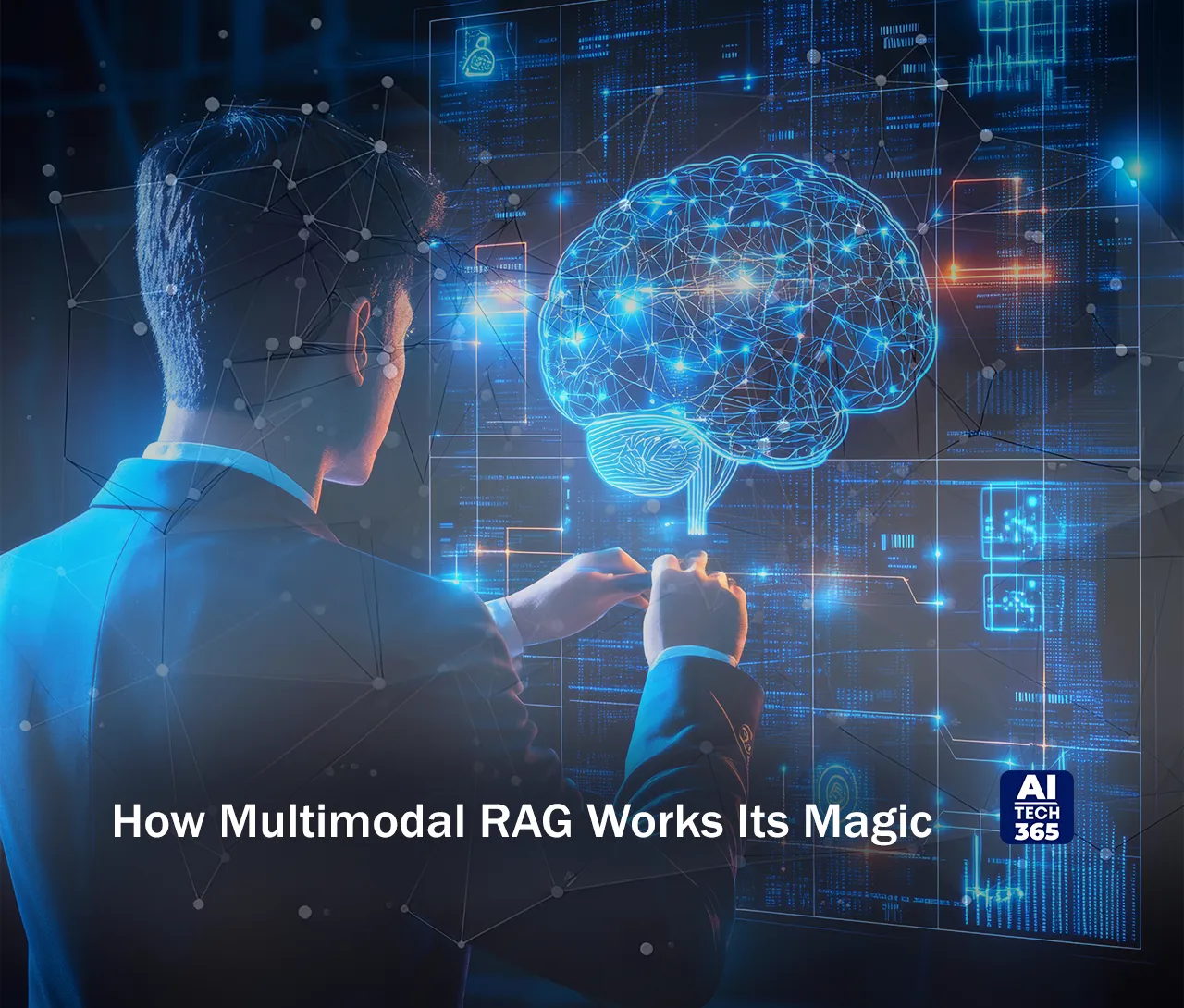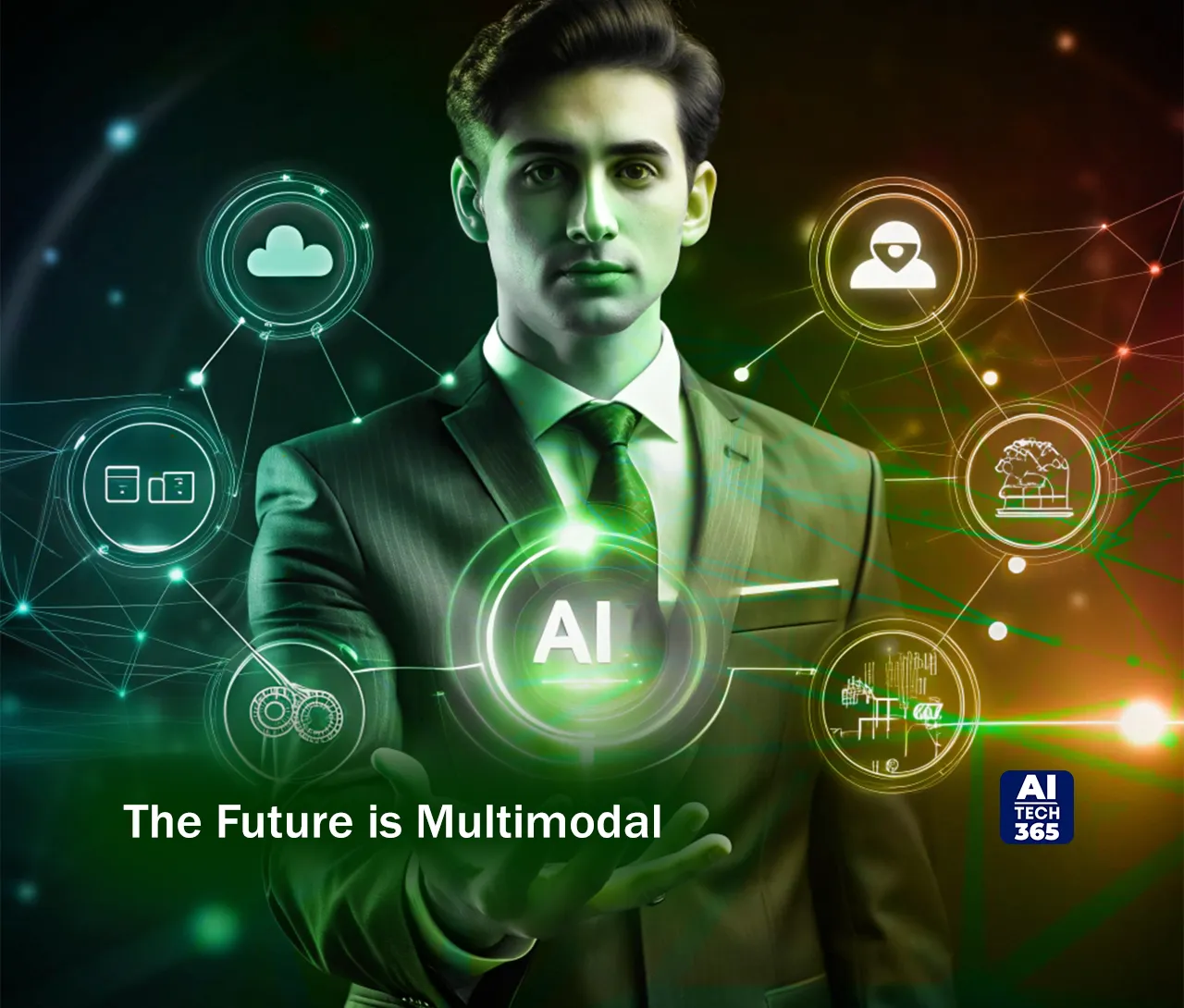For years, artificial intelligence has promised to change how businesses operate. This idea has resonated in boardrooms and tech conferences alike. We’ve seen great progress, especially with large language models. They can generate text, translate languages, and summarize documents. A big gap remains between these demos and the dependable AI that businesses need. The limiting factor? An over-reliance on a single modality: text. Enter Multimodal Retrieval-Augmented Generation (RAG). This key change seeks to bridge the gap and unlock AI’s full potential for valuable uses. This isn’t just a small step; it’s a big leap. We’re moving toward AI systems that see and think like humans. They will combine information from different sources. This way, they can provide clear, accurate, and useful insights.
Unpacking the Multimodal RAG Revolution
Traditional RAG is a big step forward. AI gives better answers by using relevant info from outside knowledge bases. This greatly improved factual accuracy. It also reduced hallucinations compared to using just the model’s internal training data. However, it operated predominantly, often exclusively, within the realm of text.
Multimodal RAG shatters this constraint. It lets AI systems access and analyze many types of data at once.
This includes:
- Text documents
- Images
- Diagrams
- Audio recordings
- Video streams
- Sensor data
- Structured databases
Imagine an AI that not only reads a product manual but also understands the schematic. It can listen to a customer service call about a malfunction and analyze a video of the device in action. That is the power of multimodal RAG. It creates a full picture of context by linking various real-world information pieces.
How Multimodal RAG Works Its Magic
The skill is in building a unified embedding space. This lets us compare and connect various data types in a meaningful way. Advanced neural networks, like vision transformers, convert images and videos into high-dimensional vectors. Audio encoders handle sound, while complex text encoders manage text. Crucially, these vectors are aligned within a shared semantic space. The vector for ‘engine overheating’ is like the one for a red temperature warning light on the dashboard. It’s also near the vector for an audio clip of a strange engine whine.
When a query arrives (which itself could be multimodal) – e.g., ‘What’s wrong with this machine?’ The system retrieves the most relevant information chunks from the knowledge base. This happens across all modalities and is accompanied by a video clip. The generative model combines the retrieved multimodal context with the original query. Then, it creates a response.
This response could be:
- Text explaining the fault and suggesting repairs.
- An annotated image showing the problem area.
- A synthesized audio summary for a field technician.
Cross-attention mechanisms help the model focus on relationships between different modalities. This leads to a much deeper understanding of the context.
Also Read: What Is AI Observability? A Comprehensive Guide for Enterprises
Why Enterprise Leaders Must Pay Attention
Solving real-world business problems has deep implications. These go beyond just theory. Multimodal RAG boosts efficiency, saves costs, improves customer experiences, and speeds up innovation.
- Transforming Customer Support & Technical Help: Picture a support agent tackling a complex issue. Multimodal RAG powers an AI assistant that quickly retrieves useful info. It can pull sections from PDF manuals, find error codes in old ticket logs, and locate similar product diagrams. It even shows video tutorials for repairs. All this happens based on the customer’s description or a photo/video they upload. Resolution times plummet, first-call resolution rates soar, and customer satisfaction metrics climb significantly. LinkedIn, for example, improved retrieval accuracy by 77.6% and reduced median issue resolution time by 28.6% by combining RAG with knowledge graphs in its support workflows. Early adopters see average handle time drop by double digits. They also report fewer escalations needing senior engineers.
- Accelerating Scientific Research & Drug Discovery: Researchers often feel swamped by data. This includes clinical trial reports, medical images, genomic sequences, and lab sensors. They can use multimodal RAG to manage this information. An AI can link findings from different methods. It spots patterns that one method alone might miss. It might pull past studies that mention a specific genetic marker (text). It can show microscopic images linked to that marker (visual). Plus, it can cross-reference patient response data (structured). This helps find new ideas and spot possible drug interactions faster than before. This convergence drastically shortens the path from discovery to viable treatment. With global pharmaceutical R&D spending surpassing US$ 244 billion in 2022, the efficiency gains here are immense.
- Transforming Manufacturing Quality Control & Predictive Maintenance: Multimodal RAG systems do more than analyze text logs. They can also process real-time video feeds from production lines. They can spot small defects or deviations by comparing these feeds to ideal footage. They can link audio signatures from machines with vibration data and maintenance logs. This helps predict failures before they happen, achieving remarkable accuracy. The result is less downtime and better maintenance schedules. This cuts costs by millions each year and improves product quality. Industry analysts say that early implementations can reduce unplanned downtime. They estimate cuts of over twenty percent in the first year.
- Enhancing Content Creation & Marketing Intelligence: Marketing teams can utilize multimodal RAG to generate richer, more contextually relevant content. Imagine briefing an AI on a new product launch. It collects effective campaign text, popular visuals, videos, audience reactions from social media, and competitor ad designs. Performance data from various sources shapes the content briefs and draft materials. Analyzing campaign performance becomes more complete. It connects ad visuals, copy, landing page videos, and conversion metrics smoothly.
- Empowering Intelligent Document Processing (IDP) 2.0: Traditional IDP has a hard time with complex documents. These often have important details in tables, charts, signatures, or stamps, plus text. Multimodal RAG understands the document as a whole. It pulls text from paragraphs. It reads data from tables and graphs. It checks signatures or seals. It also understands how these elements connect in a contract, invoice, or report. Accuracy rates for complex document understanding tasks are improving. They’re getting closer to human-level performance in pilot programs.
Efficiency and Market Momentum
The move to multimodal AI is real. It’s driven by strong market forces and clear efficiency gains. Top research firms say the market for multimodal AI solutions will grow fast in the next five years. This growth will outpace traditional text-based AI solutions. This trend is driven by the clear returns that businesses are starting to see. For comparison, the overall RAG market itself was valued at US$ 1.3 billion in 2024 with a blistering 49.9% CAGR.
The main efficiency comes from breaking down data silos. This goes beyond just specific use case metrics. Multimodal RAG helps businesses use their unstructured data better.
This includes:
- Images from field service
- Audio from call centers
- Old video archives
- Sensor data
They can do this without needing to manually organize everything first. It offers a single interface for all an organization’s knowledge. This cuts down the time employees spend searching and organizing information. Decision-making speeds up and improves. This happens because of a complete, multi-sensory view of the situation.
Navigating the Implementation Landscape
Adopting multimodal RAG isn’t without its hurdles. The computational needs are greater than those of text-only systems. This requires strong infrastructure. It may also use specialized hardware for better efficiency in inference. Managing multimodal knowledge bases is complex. It’s vital to ensure data quality, relevance, and consistency across all formats. Privacy and security are crucial when handling sensitive images, audio, or video data. Bias detection and mitigation strategies should be used in all areas. Biases in images or audio can be just as harmful, or even more so, than biases in text. Developing truly effective multimodal evaluation benchmarks also remains an active area of research.
However, the path forward is clear. Identify key use cases where information gaps across different types cause issues. Invest in scalable, flexible infrastructure capable of handling diverse data types and workloads. Prioritize data governance and robust security frameworks from the outset. Work with vendors or develop in-house skills for training, tuning, and deploying multimodal models. The complexity is easy to handle. Those who master it early will gain a big advantage.
The Future is Multimodal
The era of AI confined to the text box is ending. The real world has many modes. AI aiming to be smart and helpful needs to embrace this complexity. Multimodal RAG represents the essential architectural evolution to make this possible. It takes us beyond simple text generators. We now have AI agents that can understand and solve problems in the complex world of human activity.
AI leaders must act now. Focus on understanding and experimenting with multimodal RAG. Check your organization’s data landscape. Where is important information stored in images, audio, or video? Find pilot projects in customer support, R&D, operations, or content strategy. Look for areas where breaking down modal silos can yield quick wins and measurable ROI. Build cross-functional teams that bridge AI expertise with deep domain knowledge. Invest in the infrastructure and data foundations necessary for multimodal intelligence.
The next frontier of real-world AI isn’t just bigger models or faster processing. It’s about deeper understanding. Multimodal RAG helps us gain that understanding. It unlocks high levels of accuracy, context-awareness, and practical use. The first organizations to harness this power will optimize their operations. They will also redefine what’s possible with artificial intelligence. This will shape the competitive landscape for years to come. The time to move beyond text is now.





